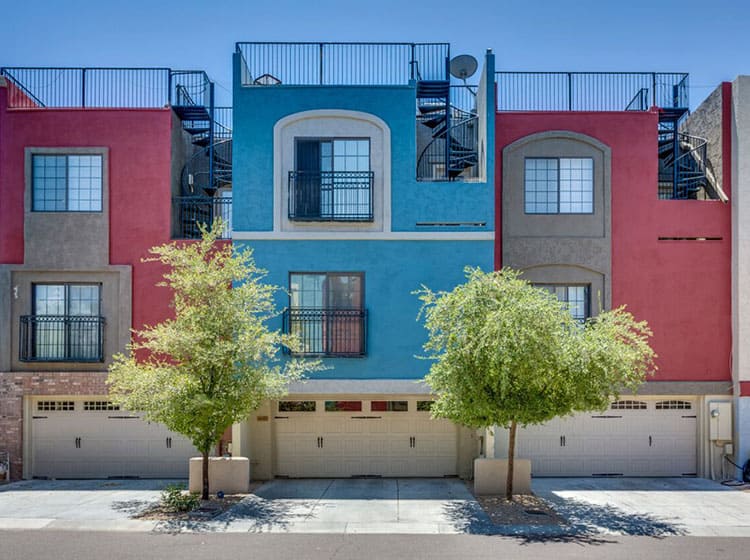In What Methods Do Appropriate Colors Impact Your Brand'S Visual Charm In Business External Painting? Uncover The Vital Considerations That Form Your Choices
In What Methods Do Appropriate Colors Impact Your Brand'S Visual Charm In Business External Painting? Uncover The Vital Considerations That Form Your Choices
Blog Article
Team Writer-Joyce Mouritzen
When it pertains to business exterior paint, the colors you pick can make or break your brand name's appeal. Recognizing exactly how various colors influence perception is key to attracting customers and developing trust. However it's not practically personal choice; neighborhood trends and policies play a significant role too. So, just how do you discover the ideal equilibrium between your vision and what resonates with the area? Allow's explore school painting services that lead your color selections.
Comprehending Color Psychology and Its Influence On Organization
When you choose shades for your service's outside, recognizing color psychology can considerably influence just how possible consumers view your brand.
Shades evoke emotions and established the tone for your company. As an example, blue often shares count on and professionalism and trust, making it optimal for banks. Red can produce a sense of necessity, ideal for dining establishments and inventory-clearance sale.
Meanwhile, environment-friendly represents development and sustainability, appealing to eco-conscious customers. Yellow grabs attention and stimulates optimism, but too much can overwhelm.
Consider your target audience and the message you intend to send. By picking the right colors, you not just enhance your curb charm but also straighten your picture with your brand name values, ultimately driving consumer engagement and commitment.
Studying Local Trends and Rules
Just how can you ensure your outside paint choices resonate with the neighborhood? Begin by looking into regional fads. Check out neighboring businesses and observe their color schemes.
Make note of what's prominent and what feels out of location. This'll help you align your selections with area aesthetic appeals.
Next, check local laws. Lots of towns have guidelines on exterior colors, specifically in historical areas. You do not intend to hang out and money on a combination that isn't compliant.
Involve with regional local business owner or community groups to gather insights. just click for source can supply important responses on what colors are popular.
Tips for Balancing With the Surrounding Atmosphere
To develop a natural appearance that blends perfectly with your surroundings, think about the natural surroundings and building designs nearby. Begin by observing the shades of close-by buildings and landscapes. Natural tones like eco-friendlies, browns, and low-key grays commonly function well in all-natural settings.
If your residential or commercial property is near dynamic metropolitan areas, you may select bolder colors that reflect the neighborhood energy.
Next off, think about the architectural design of your building. https://independentpaintersnearme21087.blogars.com/33894704/improve-your-structure-s-impression-best-practices-for-commercial-exterior-painting may take advantage of traditional shades, while contemporary designs can embrace contemporary combinations.
Test your color selections with examples on the wall to see just how they connect with the light and setting.
Lastly, remember any type of local guidelines or neighborhood appearances to guarantee your choice improves, instead of clashes with, the surroundings.
Final thought
To conclude, selecting the ideal shades for your business exterior isn't nearly aesthetic appeals; it's a calculated decision that impacts your brand name's perception. By taking advantage of shade psychology, taking into consideration local trends, and ensuring consistency with your environments, you'll create a welcoming atmosphere that brings in clients. Don't forget to evaluate examples prior to dedicating! With the best approach, you can boost your organization's aesthetic charm and foster long-term consumer involvement and loyalty.
